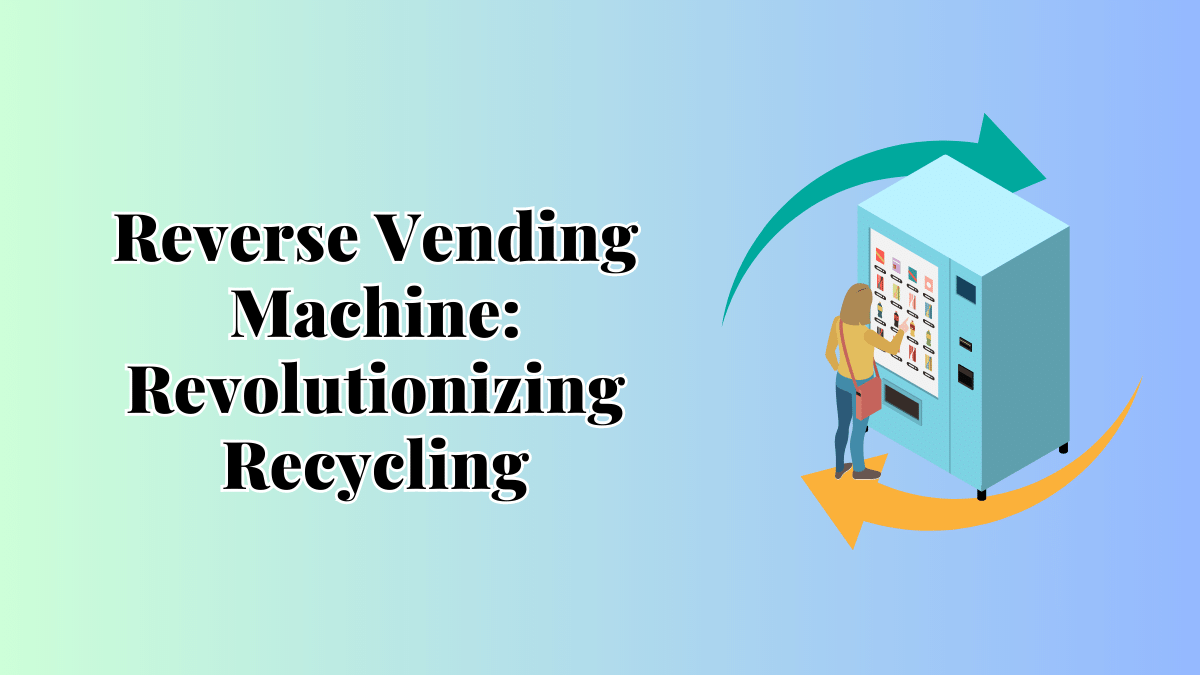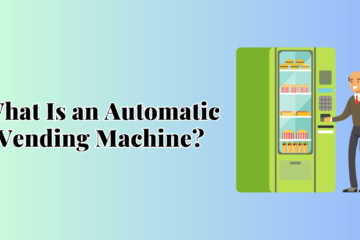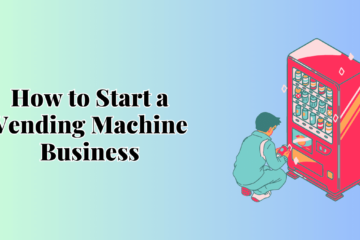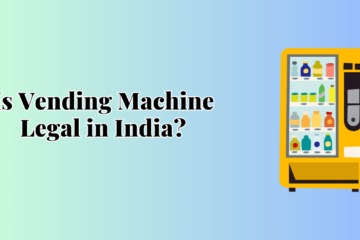A reverse vending machine (RVM) is a technologically advanced recycling kiosk that accepts used and empty containers from consumers and provides them with an instant reward or refund. Unlike traditional recycling bins, which rely on consumers to deposit items, reverse vending machines actively encourage recycling by offering incentives, making the process more appealing and engaging.
How Does a Reverse Vending Machine Work?
The functioning of a reverse vending machine is straightforward yet effective. Users approach the machine with their empty bottles or cans and place them in the designated slot. The machine then uses smart recognition technology to identify the type and material of the container. Once verified, the user is rewarded, either with cash, coupons, loyalty points, or donations to charity.
The Advantages of Reverse Vending Machines
3.1. Encouraging Recycling Behavior
Reverse vending machines play a vital role in encouraging recycling behavior among the masses. By offering immediate rewards, users are motivated to participate in recycling efforts, making it a habit rather than a sporadic action.
3.2. Reducing Landfill Waste
The implementation of reverse vending machines significantly reduces landfill waste, as more containers are diverted from the regular waste stream and channeled back into the recycling process.
3.3. Incentivizing Eco-Friendly Practices
Reverse vending machines incentivize eco-friendly practices and create a positive impact on the environment. They foster a sense of responsibility among consumers, empowering them to contribute actively to a sustainable future.
Reverse Vending Machines and the Circular Economy
4.1. Closing the Loop on Recycling
Reverse vending machines play a crucial role in the circular economy, as they promote the recycling and reuse of materials, thus minimizing the need for virgin resources.
4.2. Promoting Resource Conservation
By encouraging the recycling of containers, reverse vending machines contribute to conserving valuable resources like energy and water, which are required in the manufacturing of new products.
Deploying Reverse Vending Machines in Public Spaces
5.1. Shopping Malls and Retail Stores
To maximize accessibility, reverse vending machines can be strategically placed in shopping malls and retail stores, encouraging consumers to recycle while shopping.
5.2. Transportation Hubs
Transportation hubs like airports and train stations provide an ideal location for reverse vending machines, capturing a large footfall of travelers who can conveniently recycle their empty containers.
5.3. Educational Institutions
Educational institutions can actively participate in promoting recycling by installing reverse vending machines on their premises, educating students about sustainable practices.
5.4. Parks and Recreation Areas
By placing reverse vending machines in parks and recreation areas, people can enjoy outdoor activities while responsibly disposing of their waste.
Technological Innovations in Reverse Vending Machines
6.1. Smart Recognition Technology
Advanced recognition technology enables reverse vending machines to identify various types of containers accurately, streamlining the recycling process.
6.2. Integration of IoT and Cloud Connectivity
Reverse vending machines are increasingly incorporating IoT and cloud connectivity, enabling real-time data tracking and enhancing operational efficiency.
6.3. Reward Systems and Incentive Programs
Introducing innovative reward systems and incentive programs keeps users motivated, ensuring continued engagement with reverse vending machines.
Challenges and Solutions in Implementing Reverse Vending Machines
7.1. Cost and Infrastructure
The initial cost of implementing reverse vending machines can be a challenge. However, through partnerships with businesses and government support, this obstacle can be overcome.
7.2. Public Awareness and Participation
Creating awareness about the benefits of recycling and the presence of reverse vending machines is essential to encourage greater public participation.
7.3. Waste Segregation and Contamination
To maintain the efficiency of the recycling process, it is crucial to educate users about proper waste segregation and avoiding contamination.
Global Impact of Reverse Vending Machines
8.1. Reducing Plastic Pollution in Oceans
Reverse vending machines play a vital role in preventing plastic waste from ending up in oceans and harming marine life.
8.2. Combating Climate Change through Recycling
Increased recycling through reverse vending machines leads to lower greenhouse gas emissions and mitigates the effects of climate change.
The Future of Reverse Vending Machines
9.1. Expanding Reach and Accessibility
The future holds the promise of expanding the network of reverse vending machines to make recycling more accessible to a wider audience.
9.2. Collaboration with Government Initiatives
Collaborating with government initiatives and policies can accelerate the adoption of reverse vending machines nationwide.
9.3. Enhancing Recycling Technologies
Continued research and innovation will enhance recycling technologies, making the reverse vending machines even more efficient and versatile.
Conclusion
Reverse vending machines stand as a beacon of hope in the fight against environmental degradation. With their innovative approach to recycling, they inspire individuals to actively contribute to a greener and cleaner world. By embracing this technology and fostering a culture of recycling, we can make a significant impact on the preservation of our planet for generations to come.




